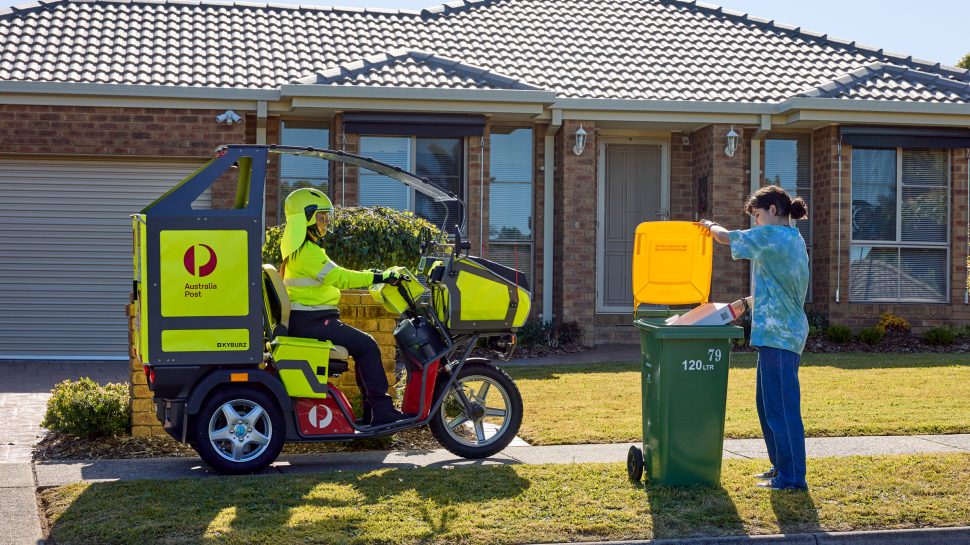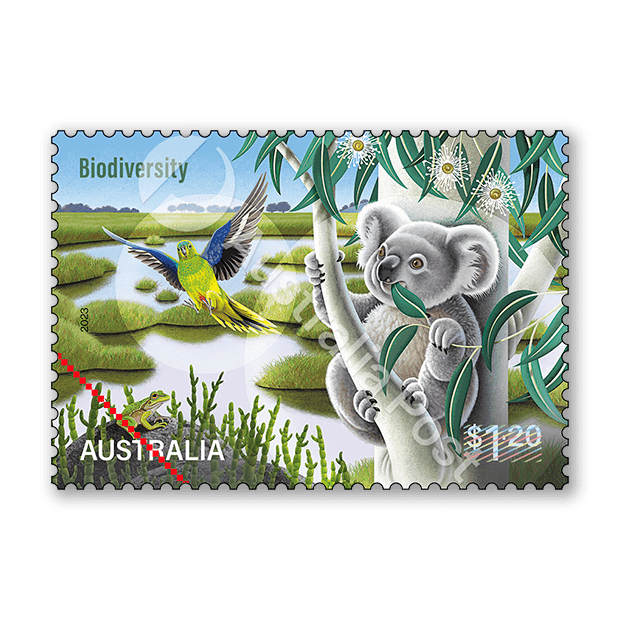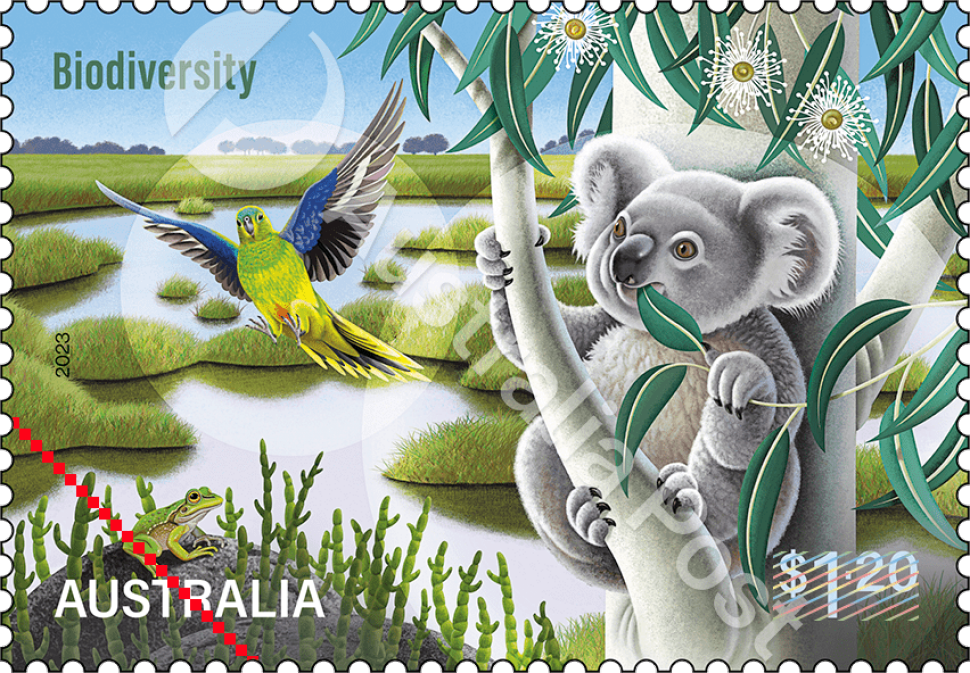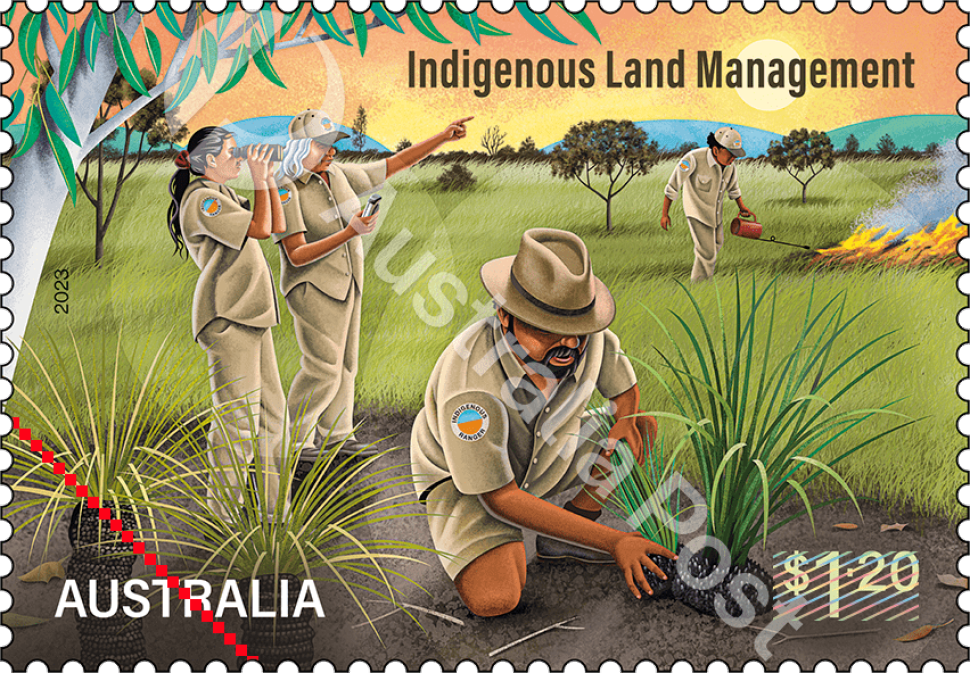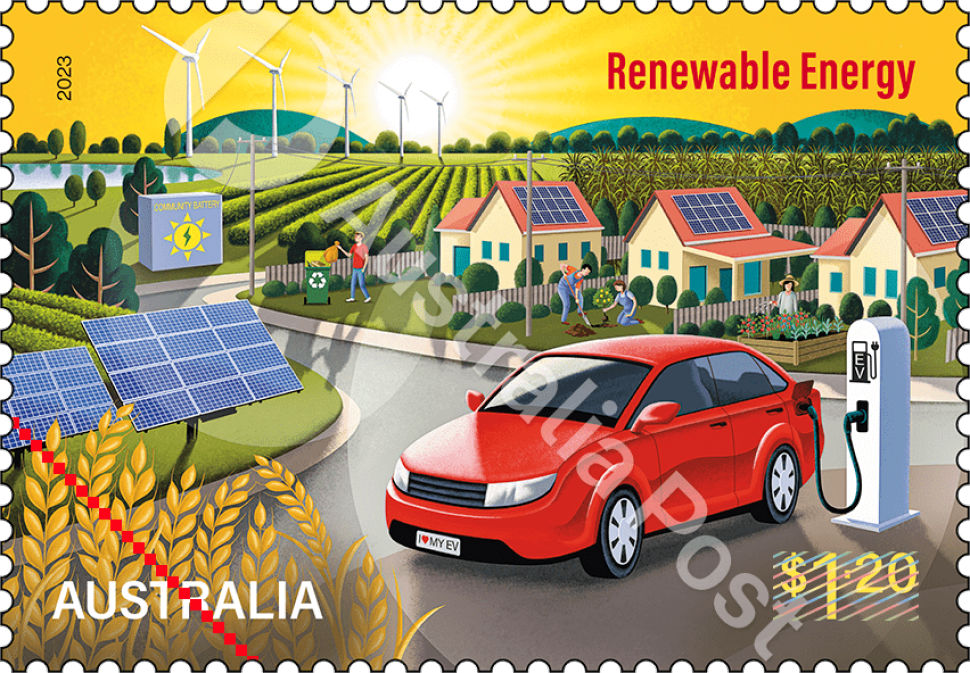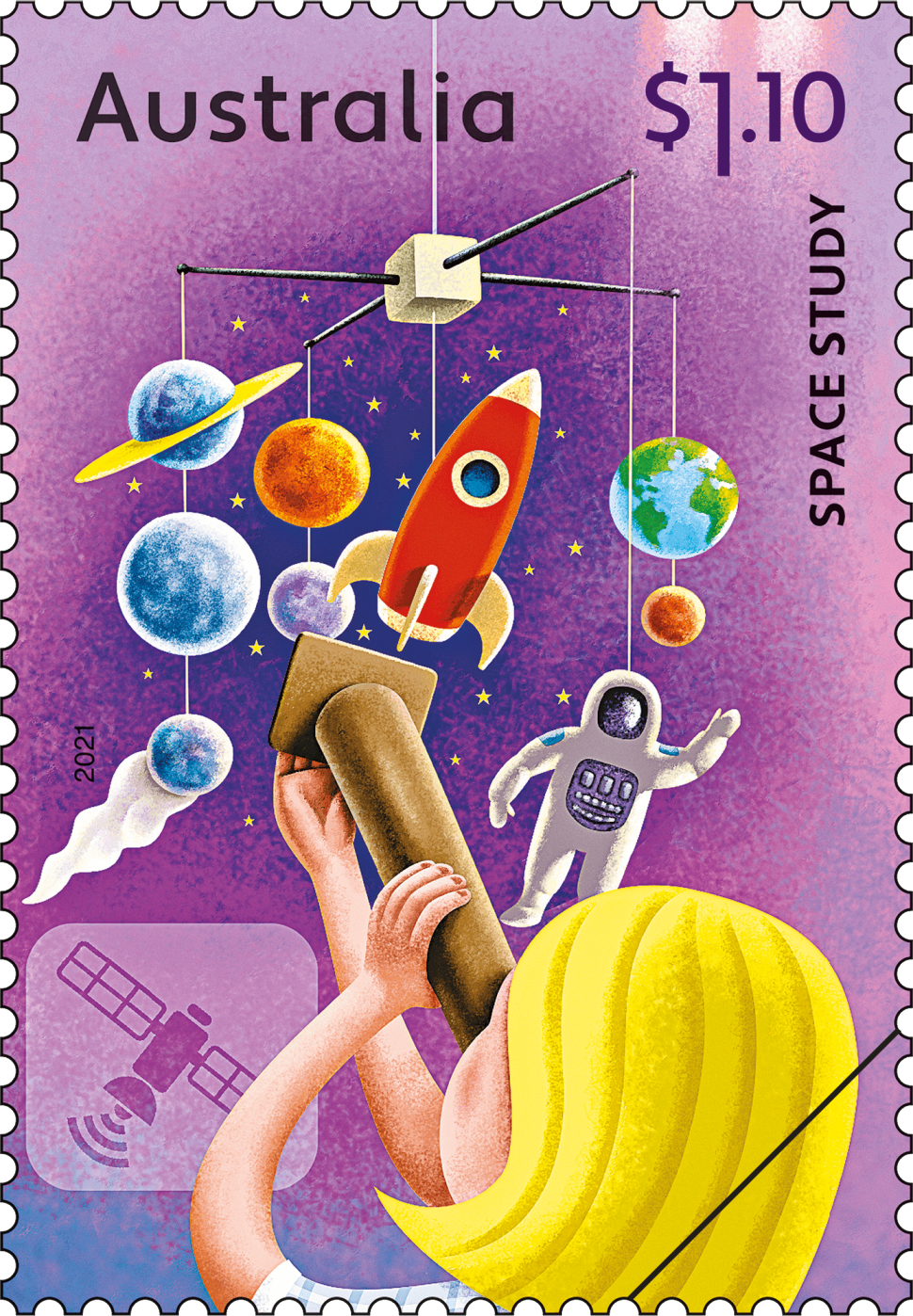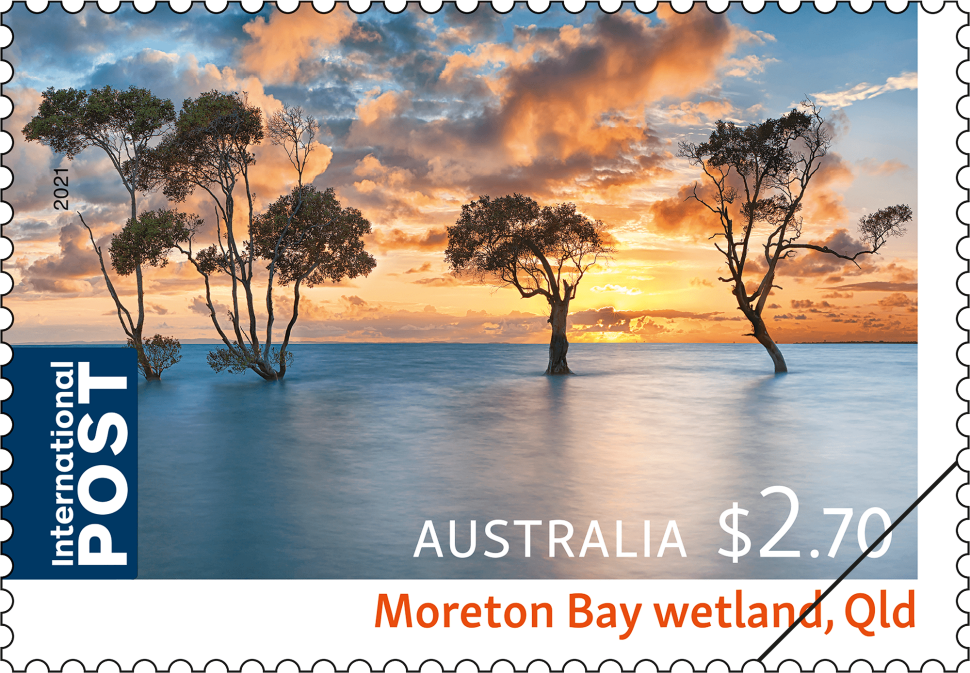Overview
Sustainability is concerned with how we live, environmentally, socially and economically. It’s a goal that seeks to ensure that individuals, businesses and communities are living in a way that meets their needs without comprising the ability of future generations to do so. The three core elements of a sustainable future are economic viability, environmental protection and social equity.
There are international targets and conventions that seek to improve sustainability, to which Australia is a party, including the Convention on Biological Diversity (the Aichi Targets), the Paris Climate Agreement and the Sustainable Development Goals (SDGs), the latter of which were developed by the United Nations in 2015. The Australian government measures against the SDGs, not only in relation to environmental goals but also gender equality, regional stability, security and economic prosperity, (the latter, particularly in the Indo-Pacific region). In 2016, Australia Post was one of the first Australian companies to embrace the SDGs, by using them to underpin our corporate responsibility strategy.
The State of the Environment Report 2021 was released in July 2022 and paints a bleak picture of the current state of Australia’s natural environment and its deterioration over the preceding five years. Pressures include climate change, environmental degradation, invasive species and mining. Some 200 plants and animals have been added to the federal government‘s threatened species list since 2016. The report did also highlight where human efforts are making a difference, including the purchase and management of significant tracts of land for conservation by individuals, NGOs and businesses. One other important finding was the acknowledgement of the importance of Indigenous land practices as part of the way forward in dealing with climate change.
This stamp issue presents three aspect of environmental sustainability that are key to a sustainable future, each presented as an illustrated scene.
Technical specifications
- Issue date
- 27 June 2023
- Issue withdrawal date
- 1 January 2024
- Denomination
- $1.20 x 3
- Stamp illustration
- Andrew Hopgood
- Product design
- Sharon Rodziewicz, Australia Post Design Studio
- Paper: gummed
- Tullis Russell 104gsm Red Phosphor/Blue PVA Stamp Paper
- Paper: self-adhesive
- Tullis Russell Red Phos PSA (P55) 100GM Release
- Printer
- EGO
- Printing process
- Offset lithography
- Printing process (roll)
- Flexographic
- Stamp size (mm)
- 37.5 x 26
- Minisheet size (mm)
- 135 x 80
- Perforations
- 13.86 x 14.6
- Sheet layout
- Module of 50
- FDI Postmark
- Greenacres SA 5086
- FDI withdrawal date
- 26 August 2023
$1.20 Biodiversity
Biodiversity means diversity both across species and ecosystems and within them (for example, generic variation), both on land and in marine environments. Biodiversity is concerned with the interconnectedness of these systems and how small actions can have big consequences in terms of upsetting a delicate balance. Australia has significant diversity in flora and fauna, including one of the most diverse fish faunas in the world and around 16 endemic plant families, the highest number in the world. However, Australia also has one of the worst records globally when it comes to extinctions.
The biodiversity stamp in this issue presents a stylised scene, inspired by Lake Connewarre, Victoria. That location is the site of a trial to release the Orange-bellied Parrot (while on migration from breeding sites in Tasmania). The planting of gum trees in a corridor next to the lake and wetlands has been implemented to support local Koala populations. Local saltmarsh plants preferred by the Orange-bellied Parrot and the vulnerable Growling Grass Frog (Litoria raniformis) have also been included in the scene.
$1.20 Indigenous Land Management
The Indigenous land management stamp seeks to showcase Indigenous knowledge and connection to country, the country they have cared for across generations for around 60,000 years.
Indigenous land management comprises a diverse range of activities, including weed and feral animal control, fire management (such as cool burning), revegetation, management of water supplies, surveying plant and animal species, and the Indigenous Rangers program. The program, first funded in 2007, has created thousands of jobs for Indigenous people in land and sea management. As of April 2021, there were 129 Indigenous ranger groups, and the 2022 federal budget included funding for more than 80 additional ranger groups over six years.
$1.20 Renewable Energy
In 2021, some 29 per cent of Australia’s total electricity generation was from renewable energy sources, such as solar, wind and hydro – the highest percentage on record in Australia. Australia has some of the highest uptake of solar in the world, around 32 per cent of households, according to a 2022 Roy Morgan survey.
The renewable energy stamp scene incorporates key examples of renewable energy technologies, such as community solar batteries, electric vehicles (powered by “Green Power” electricity), solar PV fields, wind turbines and sugar cane for bagasse (remnant sugar cane pulp). Combustion of biomass fuels such as bagasse accounts for just under two fifths of all renewable energy consumption in Australia.
Shop our stamp collectables
Set of stamps:
Set of Sustainable Future Gummed Stamps
This set of stamps contains all three stamps from the Sustainable Future stamp issue.
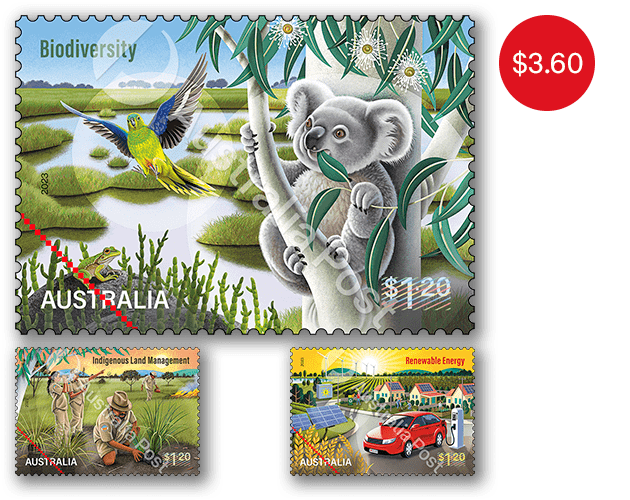
Stamp pack:
Sustainable Future Stamp Pack
The Sustainable Future stamp pack contains all three stamps and minisheet from the stamp issue presented in a high-quality folder.
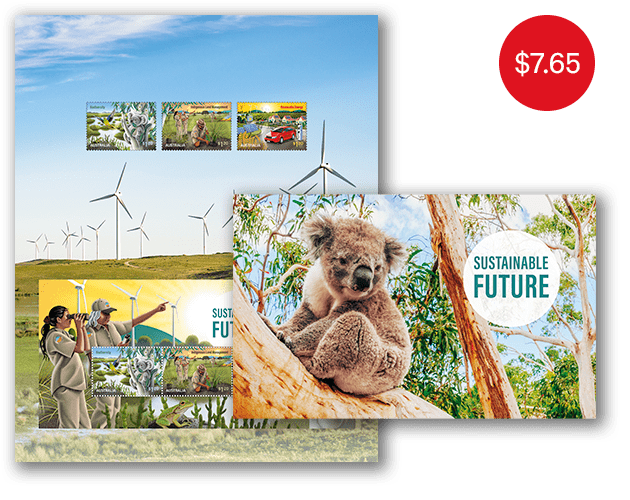
Minisheet:
Sustainable Future Minisheet
The Sustainable Future minisheet consists of the three stamps from the issue incorporated into a miniature stamp sheet.
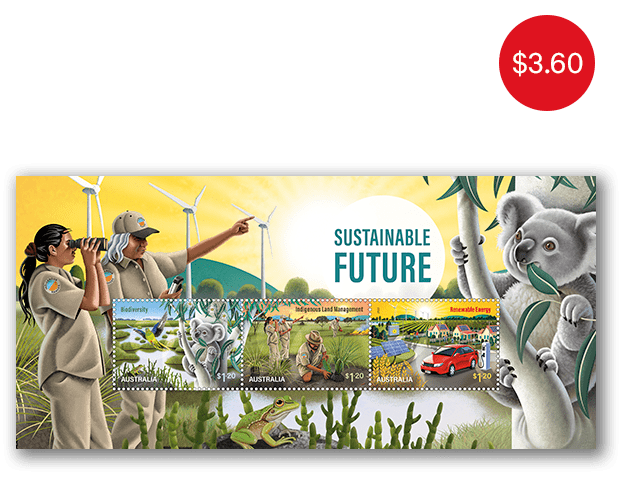
Maxicard set:
Set of Sustainable Future Maxicards
This maxicard set contains the three maxicards from the Sustainable Future stamp issue.

- Set of stamps
- Stamp pack
- Minisheet
- Maxicard set
Additional collectables:
- Booklet of 10x $1.20 Biodiversity Stamps
- Booklet of 10x $1.20 Indigenous Land Management Stamps
- Booklet of 10x $1.20 Renewable Energy Stamps
- Gutter Strip of 10x $1.20 Biodiversity Stamps
- Gutter Strip of 10x $1.20 Indigenous Land Management Stamps
- Gutter Strip of 10x $1.20 Renewable Energy Stamps
- Roll of 100 Sustainable Future Stamps
- Strip of 3 Sustainable Future Self-Adhesive Stamps
- Chequebook of 200x $1.20 Biodiversity Stamps
- Chequebook of 200x $1.20 Indigenous Land Management Stamps
- Chequebook of 200x $1.20 Renewable Energy Stamps
- Pictorial Envelope for the Sustainable Future Stamp Issue
This content was produced at the time of the stamp issue release date and will not be updated.
